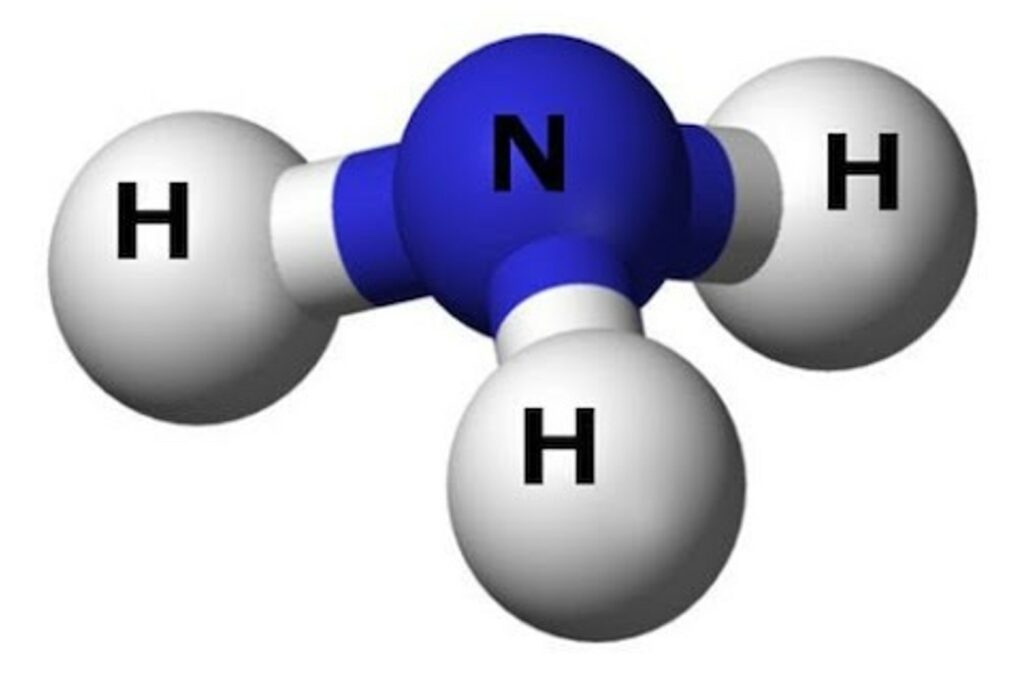Atmospheric Nr emissions, mainly in the form of ammonia (NH3) and nitrogen oxides (NOx), have increased fivefold since preindustrial times. While NO2 concentrations have been declining steadily over the past decades, this is not the case for NH3 as shown in a recent study (Van Damme et al, 2021 and Figure 1). In that study, analysing 11 years of satellite data, it was shown that NH3 concentrations are globally on the rise, notably in the US (2.4%/yr), China (5.6%/yr) and Europe (1.9%/yr). NH3 is mainly emitted by agricultural activities (in Europe, agriculture is responsible for 94 % of the emissions (EC, 2022)). Other sources include biomass burning, waste, road transport and industries. Upon deposition in ecosystems, Nr threatens biodiversity and reduces soil and water quality. In Europe, 62 % of ecosystems are exposed to excess levels of nitrogen. The projections for the next decade show little improvement, with 58 % of the Natura 2000 areas at risk in 2030 (EEA, 2019). NH3 is also a key precursor of atmospheric secondary particulate matter (PM2.5) which is responsible for millions of premature deaths per year worldwide. Defining and applying better management strategies for nitrogen is therefore on top of the environmental policy agendas (OECD, 2018; UNEP, 2019; Kanter et al., 2020; EC, 2022).

